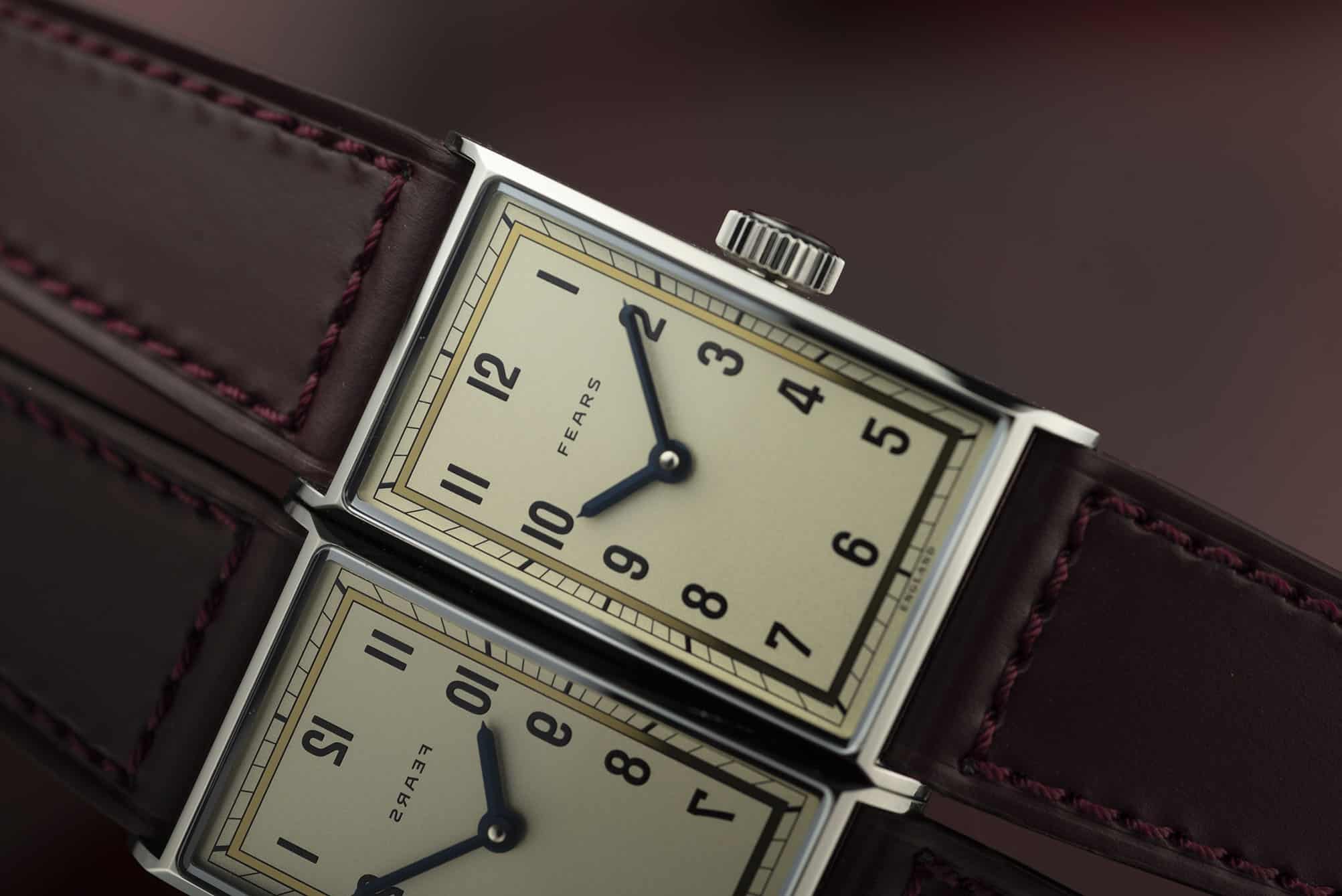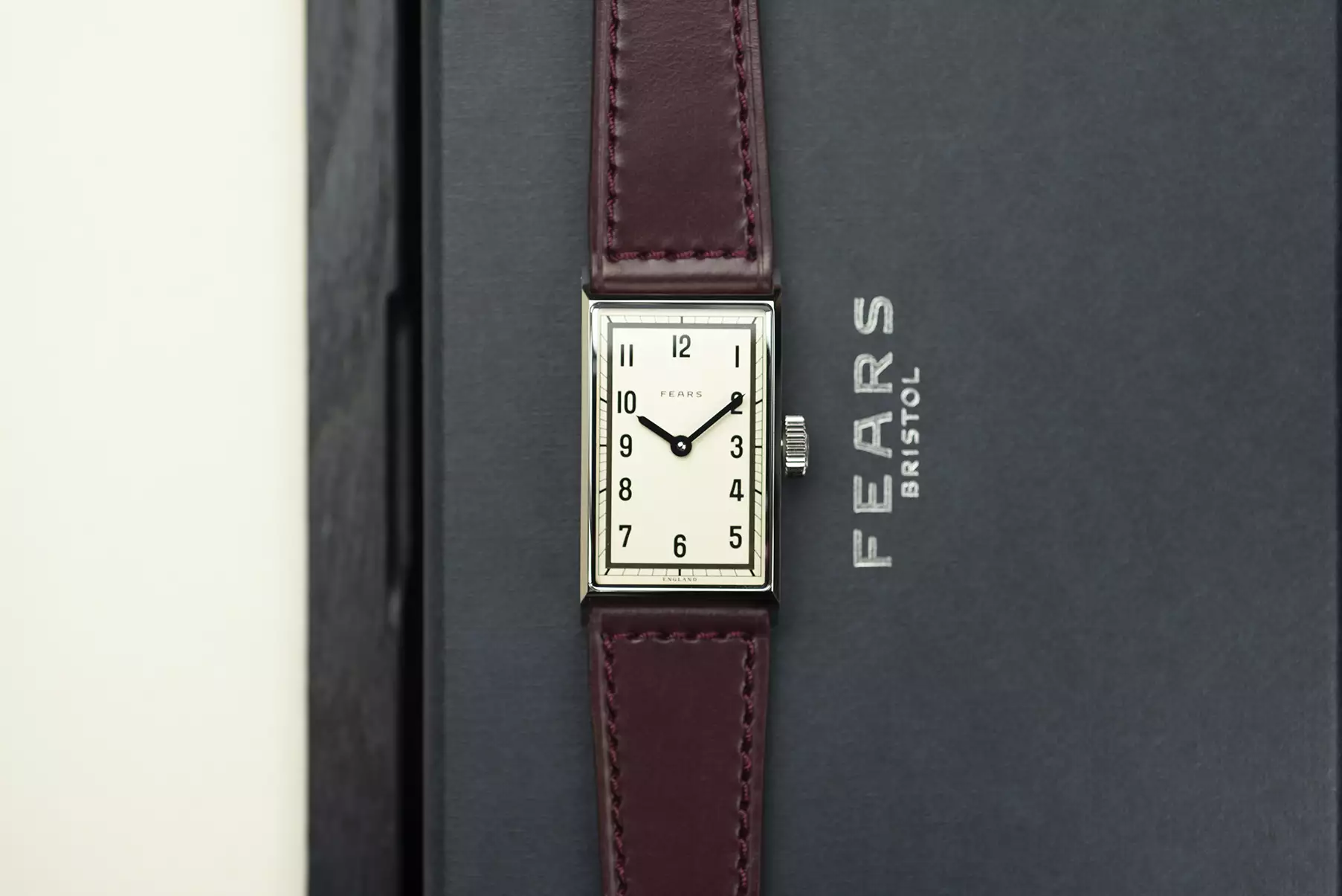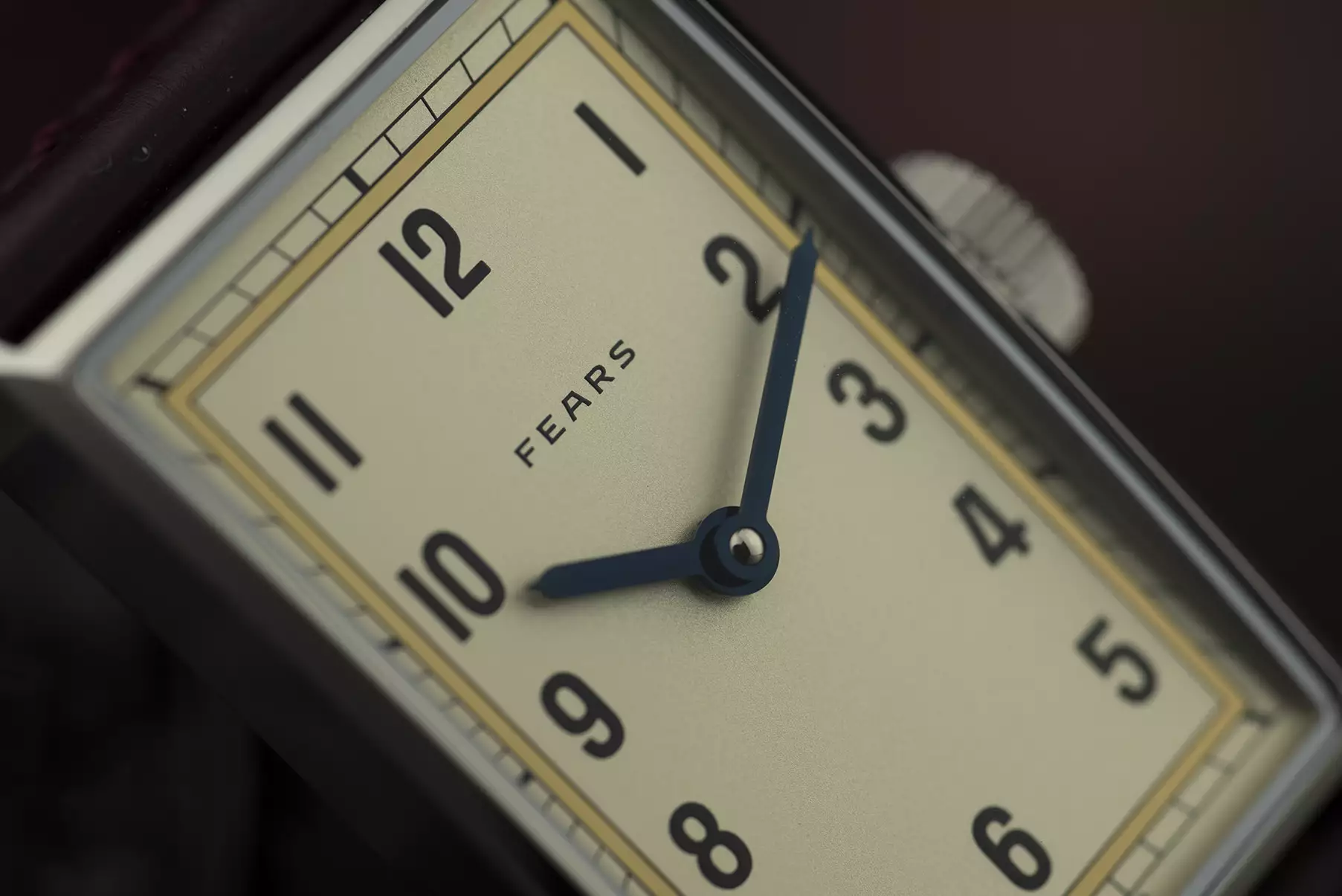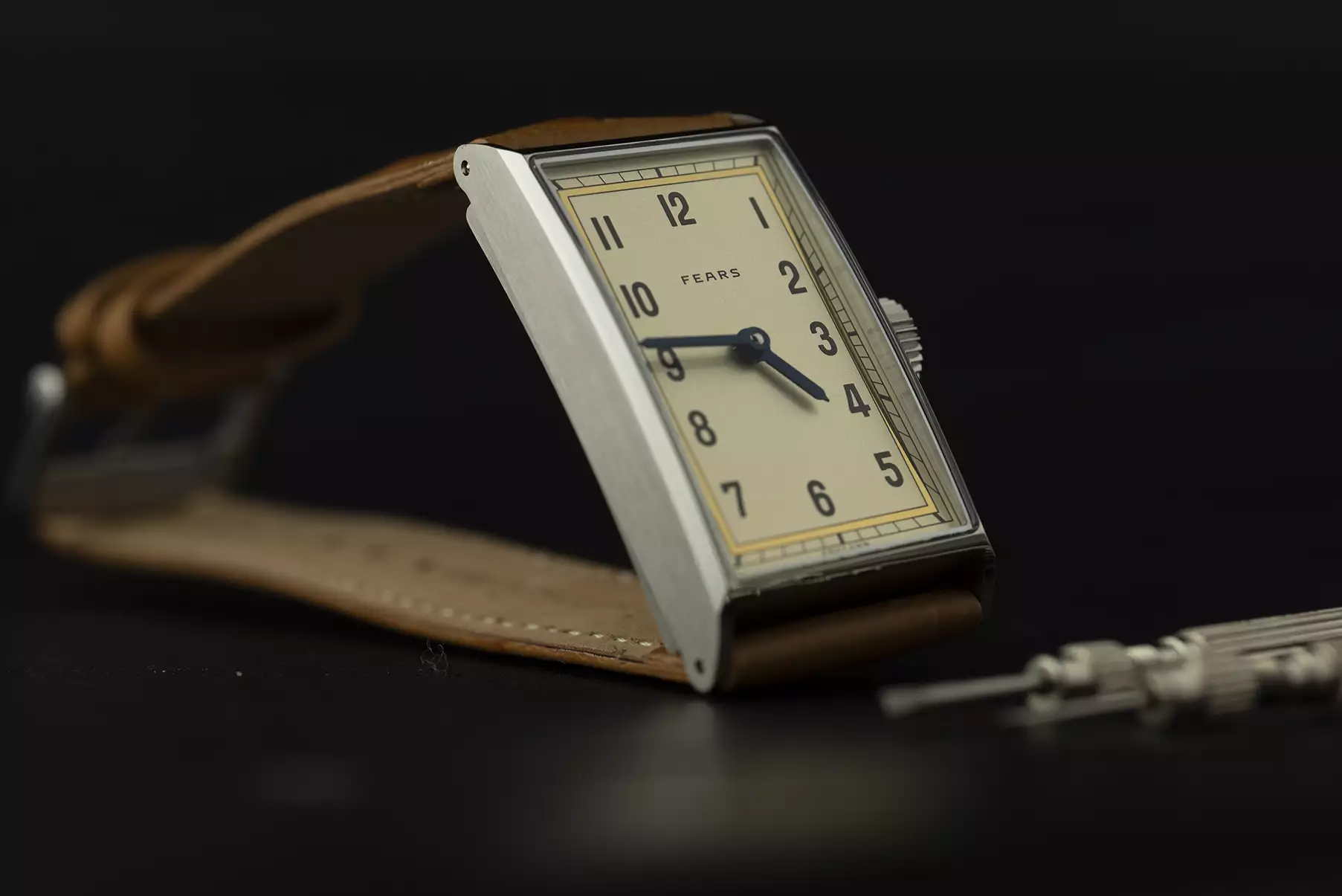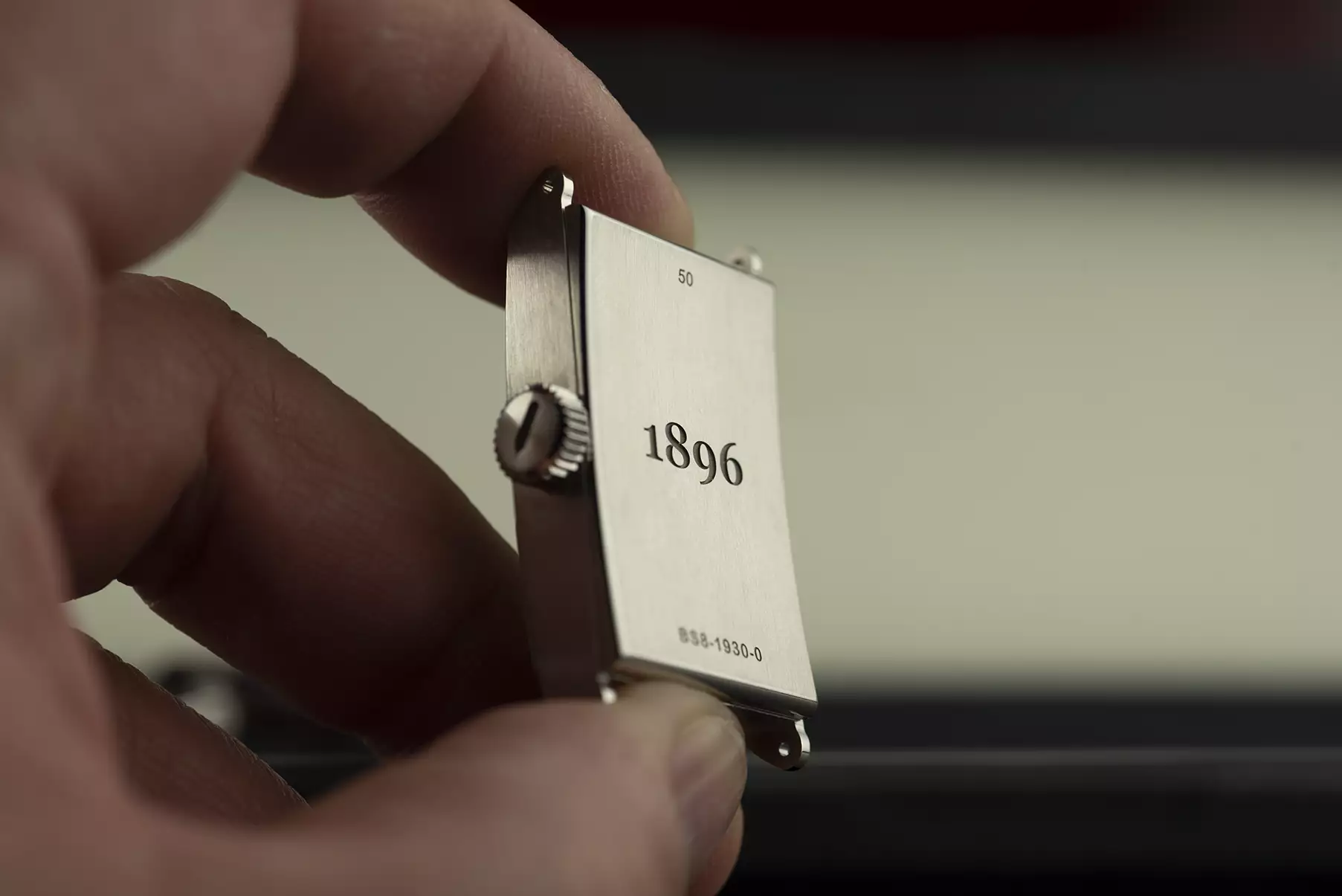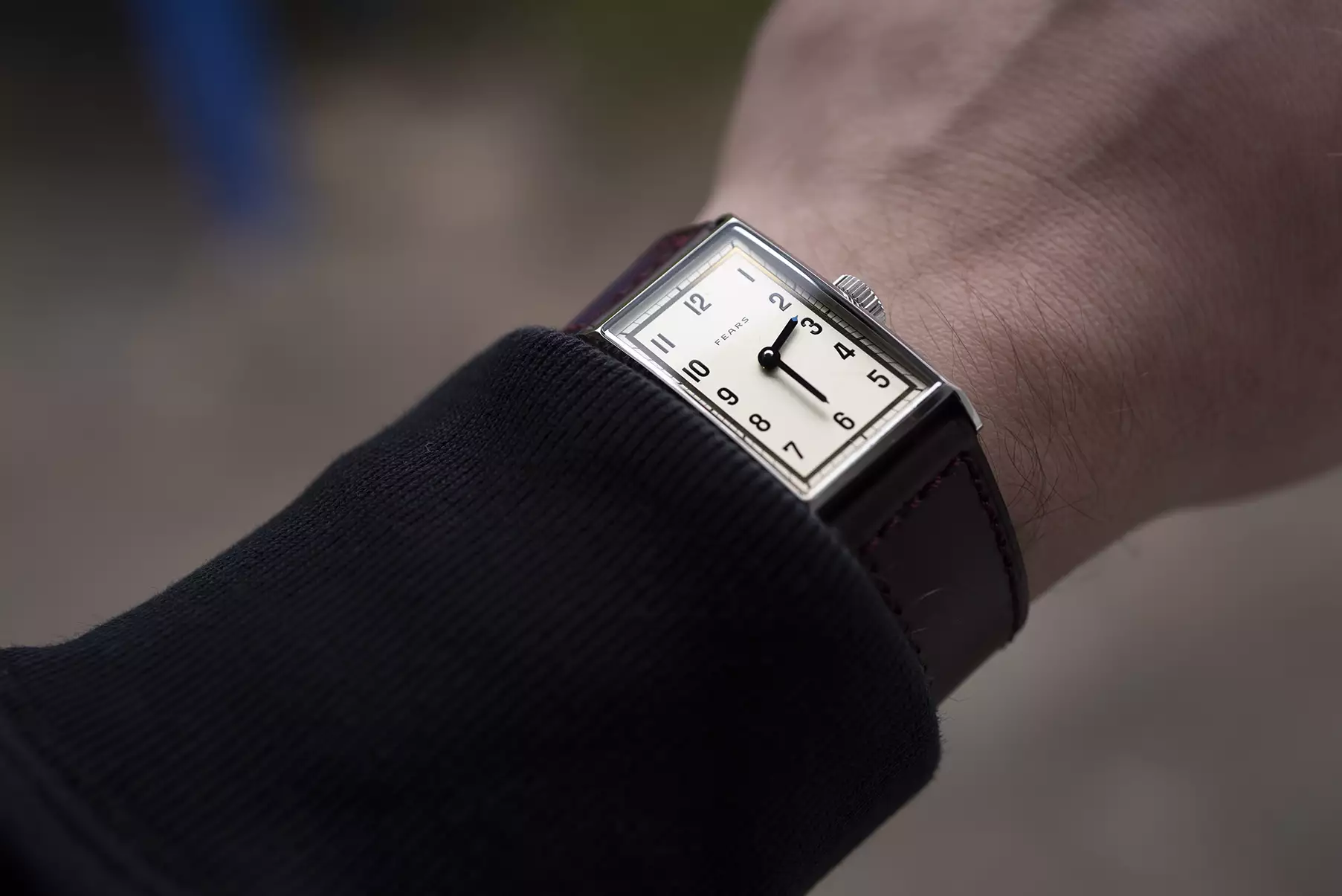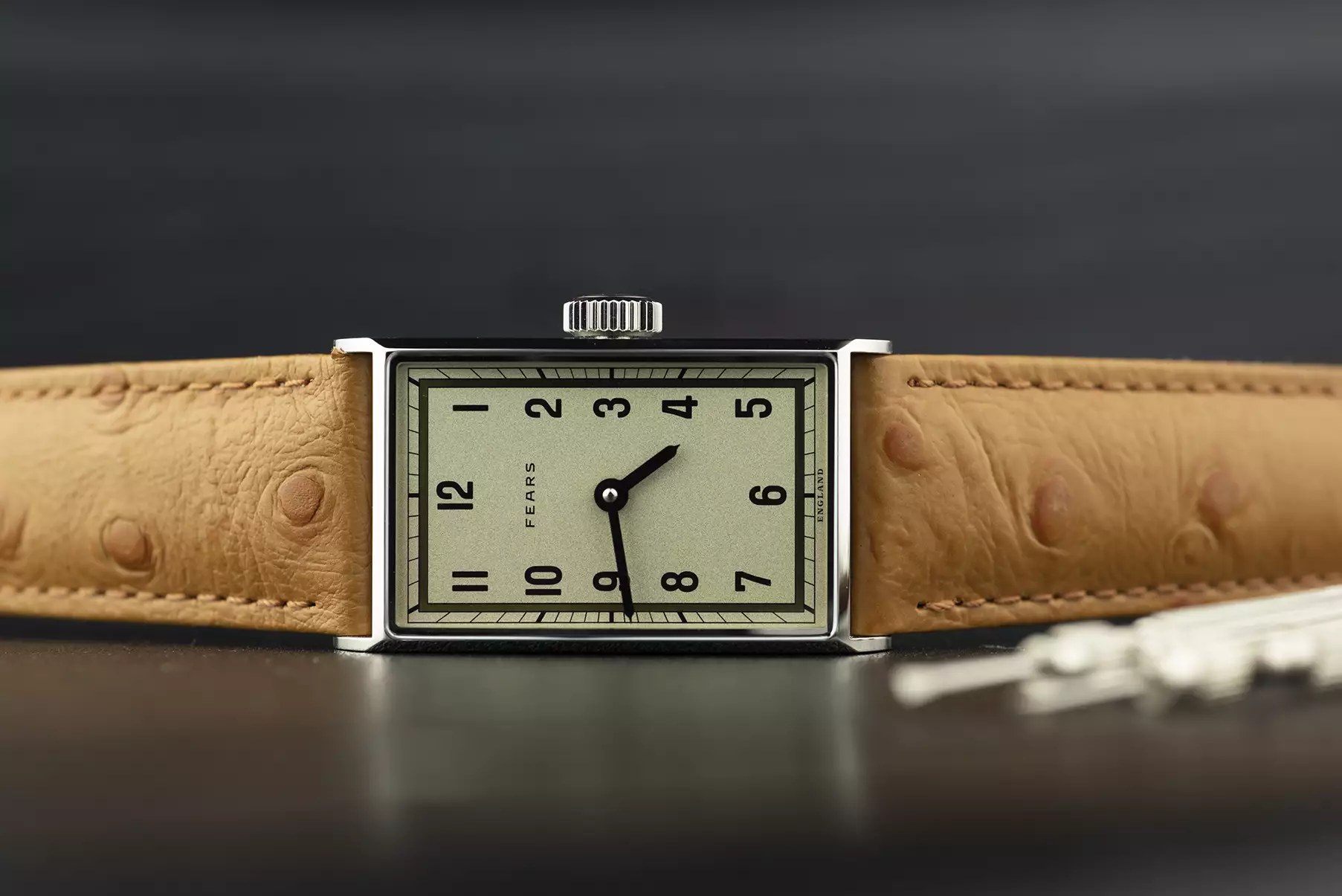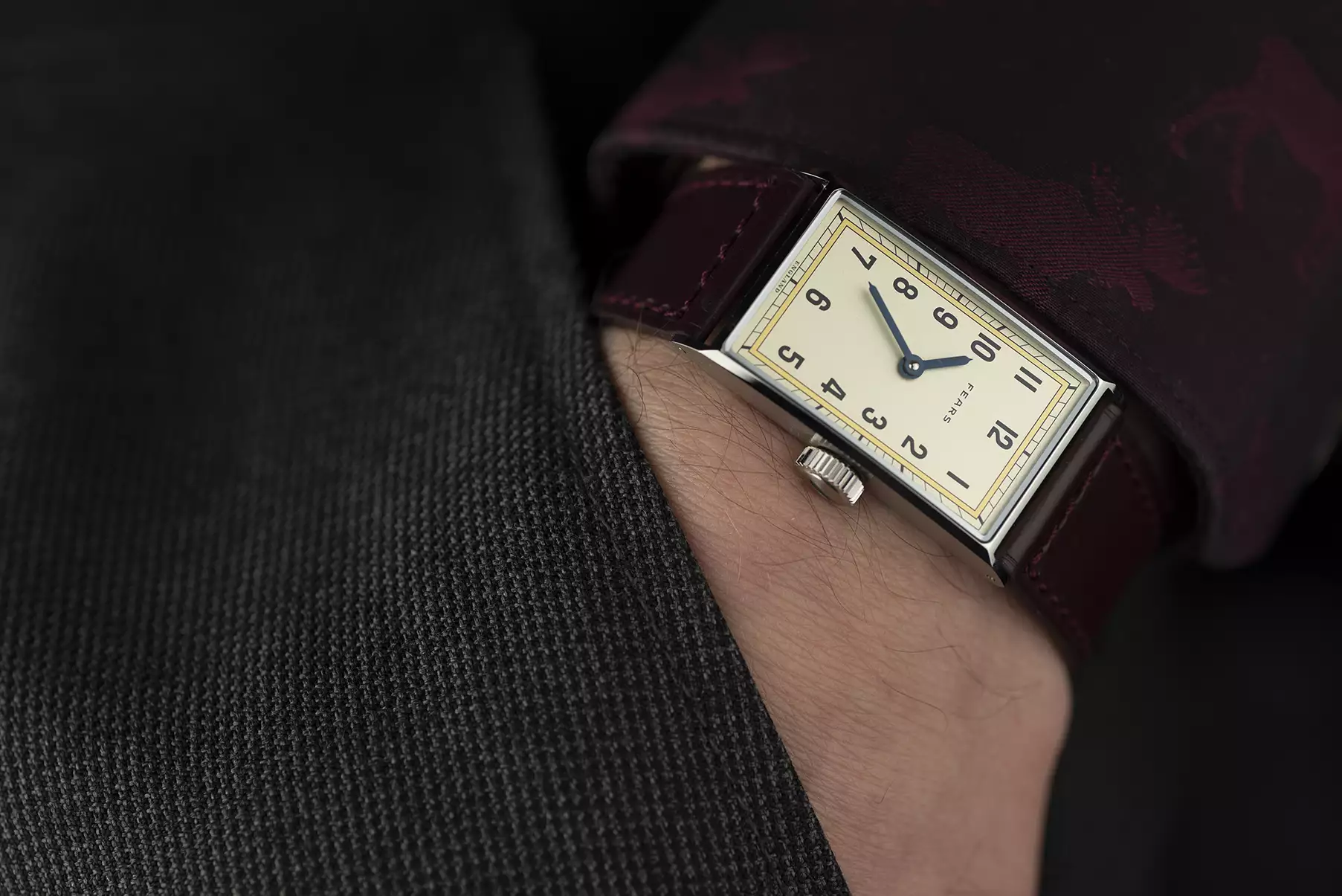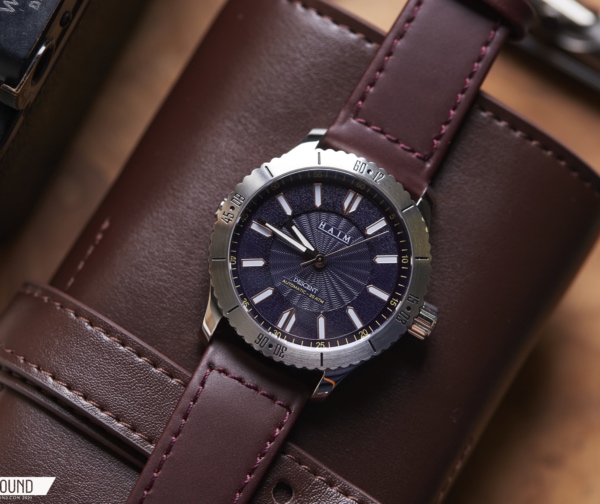I’ve been fortunate enough to be able to follow closely the journey of Fears watches since its re-founding in 2016. From their Redcliffe quartz model through to several iterations of the Brunswick, I’ve spent a lot of time handling each watch and appreciating the level of detail that goes into every aspect of the designs while not quite finding one which has my hand subconsciously fumbling for my wallet. The launch of the Archival 1930 last year nudged me closer than ever. The delightful warm dial and slender case almost pushed me over the edge, but I was held back by the nagging doubt that I wouldn’t actually wear such a formal and elegant watch enough to make a purchase worthwhile. Eight months later and I’ve had the chance to spend a couple of weeks living with the Archival 1930. So has my opinion changed?
Review: The Fears Archival 1930
Review: The Fears Archival 1930
First impressions of this watch are all about the dial, mostly because there just appears to be so much of it. The Archival 1930 isn’t a big watch—it measures 22mm across and 40mm from lug to lug—but the case as seen from the front appears delicate and slim. The dial takes up most of what the eye can see, and does so with great amounts of light and balance. The dial is coated with 18ct gold with a matte finish applied to most of it, leaving a slightly warm champagne tone which still shines bright in sunlight. Just inside the minute track the polished gold is exposed, providing a gorgeous Art Deco framing to the dial. The final aspect which contributes greatly to the dial’s radiance is the crystal. The sapphire follows the same gentle curve of the case from top to bottom, but also features some stunning anti-reflective coating.
In terms of the dial’s balance, there are two contributing factors. The gloss black indices are, as with the original 1930’s reference on which this watch is based, laid out with numerals 1-5 and 7-11 equally spaced running up each side of the dial with the 6 and 12 centered top and bottom. Although it creates a slight disparity between the central point of the numeral and the hour hand position in some circumstances when the time is displaying exactly on the hour, the spacing is necessary to create such a good looking watch. The second factor in balance is as much a result of necessity as much as anything. Because the hands need to be short enough to stay within the confines of the case, they are fairly short relative to its length and therefore not overbearing. This is obviously the case with any rectangular watch, but I feel they ‘fit’ with the dial design here more than many others. The thermally blued hands have a diamond cut bevel running down the centre, with the tip taking the same ‘pipette’ form as seen on the brand’s Brunswick models.
Although the case may look like a delicate polished housing for the dial, from the side the watch looks and feels a little more robust. The linear brushing and gentle curves of both the front and back of the watch hint at a watch that can and should be worn regularly. The side profile and large crown look sturdy, even though the watch comes in at only 8.5mm thick. The curved case back should help a rectangular watch to wear comfortably on most wrists, and I have no complaints here. Each of the 175 watches produced will have a year engraved on the back, with this two-hander covering the years in which the Fears brand was operational, and the less-common three hand version covering the 39 years the brand was dormant before being restarted by Nicholas Bowman-Scargill.
The movement inside the two-hander I’ve been taking a look at is a New Old Stock (NOS) hand-wound ETA 2360 from the 1960s. Each movement used in these watches is stripped, cleaned and then reassembled with an upgraded mainspring. Although the accuracy is nothing amazing by modern standards (Fears anticipate being within +/- 20 seconds per day), the choice feels like a valid one given the intertwining of modern and vintage throughout this watch.
In terms of wearability, I first need to revisit a couple of points laid out above – that the Archival 1930 is a modern reworking of a 1930s watch, and this new model is 22mm across the case from left to right. This represents a slight upsizing from the original watch, but with all other proportions kept the same. The numbers alone still sound slightly small, but I found them to be perfect on my 7 inch wrist. Any larger would look out of place for a watch of this style, and any smaller would potentially feel too delicate. One of the huge positives I’ve drawn from my two weeks with the Archival 1930 is how robust it feels. Some smaller watches, or simply dressier pieces, can feel a little delicate even if a large part of that is in my mind. I haven’t had that experience here, and I’ve even felt it an acceptable match to my home-working attire which is now shorts and t-shirt as we approach the warmer months.
The Archival 1930 comes fitted on a rich oxblood calf leather strap, with signed tang buckle. The colour enhances the warm golden tones of the dial in a way that most other straps don’t. The 20mm lug width (which is a nice by-product of scaling up the watch) should give owners a wide range of strap options. I tried a black leather and found it altogether too formal. The closest I got to an acceptable alternative was an ostrich leather strap which matches the gold tones perhaps a little too well.
So, what’s my take now that I’ve essentially worn it in anger for two weeks? I’ve edged a little closer. At £2,917 excluding VAT, the Fears Archival isn’t cheap, but on the other hands it’s easy to be swayed by the aesthetics, quality and comfort of this watch. The dimensions are just right for a crossover between vintage and modern, and there’s no denying the looks. I can comfortably proclaim that I could wear it on almost any occasion, but that doesn’t mean that I personally would. Fears.









 Featured Videos
Featured Videos




